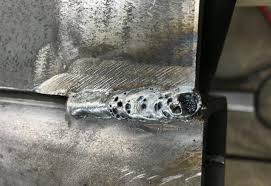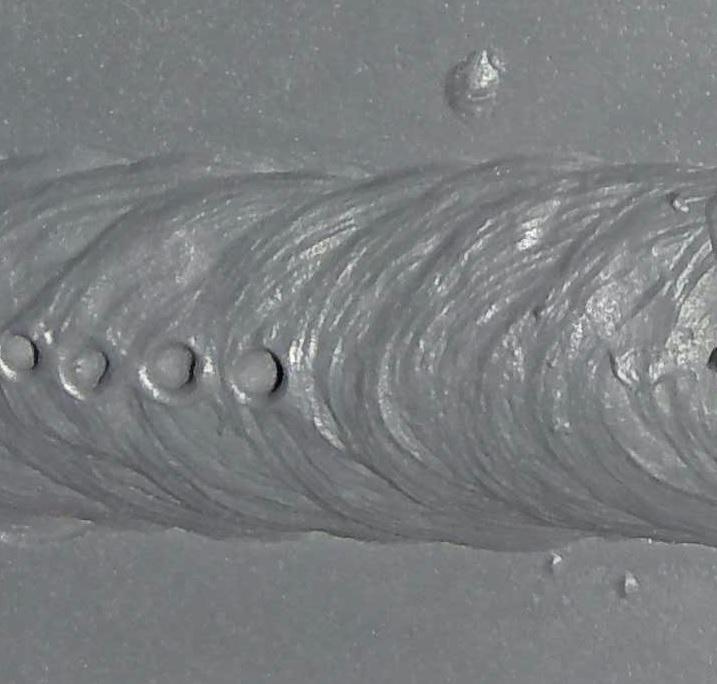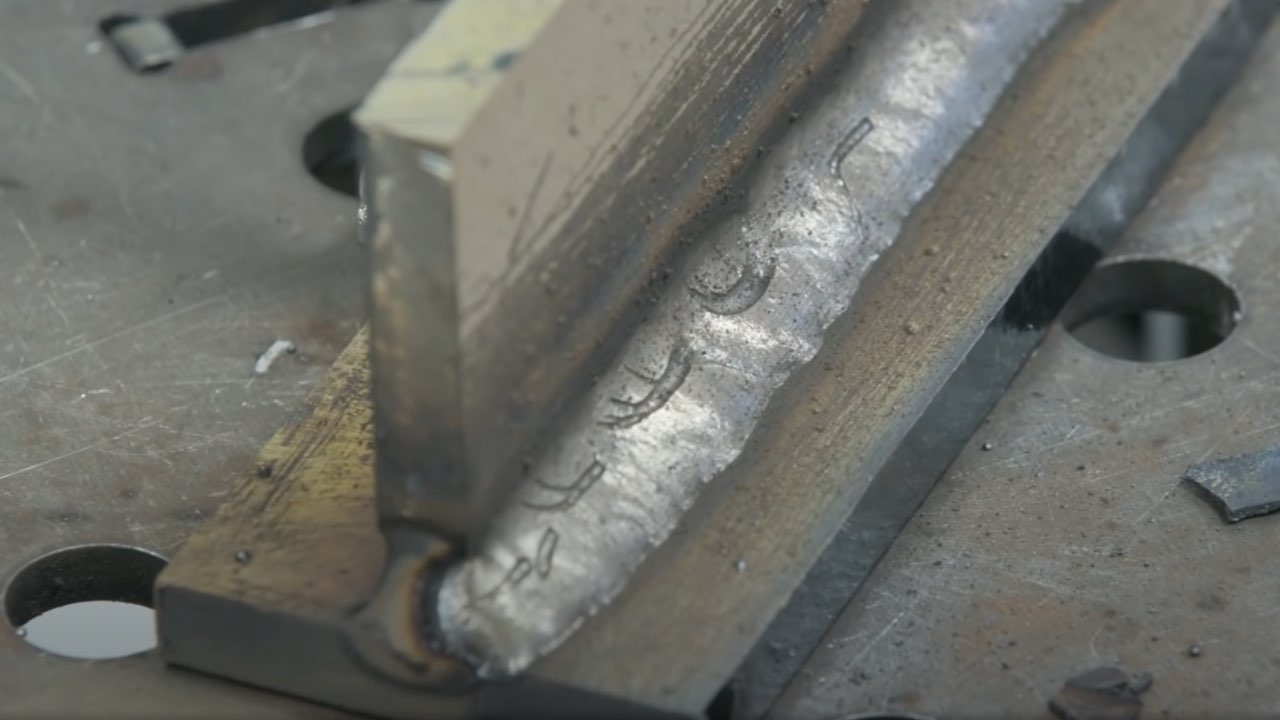Deciphering the Secret of Porosity in Welding: Tips for Minimizing Issues and Taking Full Advantage Of Quality
In the complex globe of welding, porosity stays a consistent challenge that can substantially influence the quality and stability of welded joints. Recognizing the variables that add to porosity development is vital in the pursuit of flawless welds. By unraveling the enigma of porosity and applying reliable approaches for issue minimization, welders can elevate the requirements of their job to accomplish premium high quality results. As we delve into the midsts of porosity in welding, uncovering the keys to its prevention and control will be paramount for specialists looking for to grasp the art of premium weldments.
Understanding Porosity in Welding
Porosity in welding, a common problem experienced by welders, describes the visibility of gas pockets or spaces in the welded product, which can compromise the integrity and quality of the weld. These gas pockets are normally entraped throughout the welding procedure due to numerous factors such as inappropriate shielding gas, polluted base products, or inaccurate welding criteria. The development of porosity can deteriorate the weld, making it vulnerable to fracturing and rust, eventually causing architectural failings.
By acknowledging the value of keeping proper gas securing, guaranteeing the cleanliness of base materials, and optimizing welding setups, welders can considerably reduce the probability of porosity formation. Generally, an extensive understanding of porosity in welding is vital for welders to produce top notch and durable welds.

Typical Root Causes Of Porosity
When inspecting welding processes for prospective quality issues, recognizing the common causes of porosity is necessary for preserving weld integrity and avoiding structural failings. Porosity, characterized by the existence of dental caries or spaces in the weld metal, can substantially compromise the mechanical properties of a welded joint.
In addition, welding at inappropriate criteria, such as excessively high travel rates or currents, can create excessive disturbance in the weld swimming pool, capturing gases and creating porosity. By addressing these common reasons through correct gas securing, product prep work, and adherence to ideal welding parameters, welders can reduce porosity and enhance the quality of their welds.
Techniques for Porosity Avoidance
Applying efficient safety nets is critical in decreasing the incident of porosity in welding procedures. One method for porosity avoidance is making sure proper cleansing of the base steel prior to welding. Impurities such as oil, oil, corrosion, and paint can lead to porosity, so thorough cleansing using ideal solvents or mechanical approaches is crucial.

One more trick precautionary measure is the option of the ideal welding consumables. Using high-grade filler products and securing gases that appropriate click for more info for the base steel and welding process can considerably minimize the risk of porosity. In addition, maintaining correct welding parameters, such as voltage, existing, travel rate, and gas flow price, is important for porosity avoidance. Differing the suggested settings can cause inappropriate gas insurance coverage and insufficient blend, resulting in porosity.
In addition, utilizing proper welding methods, such as keeping a consistent travel speed, electrode angle, click here to find out more and arc length, can assist prevent porosity (What is Porosity). Ample training of welders to ensure they follow best methods and quality assurance treatments is also vital in reducing porosity defects in welding

Finest Practices for High Quality Welds
One secret technique is preserving correct cleanliness in the welding area. Thoroughly cleansing the workpiece and bordering location before welding can aid alleviate these problems.
Another ideal method is to carefully choose the appropriate welding specifications for the particular products being joined. This consists of setting the right voltage, present, take a trip speed, and securing gas circulation price. Proper parameter selection makes certain ideal weld penetration, fusion, and overall top quality. Utilizing top quality welding consumables, such as electrodes and filler steels, can substantially affect the final weld quality. Purchasing premium consumables can cause more powerful, much more durable welds with less flaws. By complying with these best practices, welders can constantly create top quality welds that fulfill industry standards and go beyond customer expectations.
Relevance of Porosity Control
Porosity control plays an essential duty in making certain the integrity and high quality of welding joints. Porosity, characterized by the existence of cavities or voids within the weld metal, can considerably jeopardize the mechanical properties and structural integrity of the weld. Extreme porosity compromises the weld, making it click to read more at risk to breaking, rust, and total failing under operational tons.
Reliable porosity control is important for maintaining the desired mechanical buildings, such as toughness, ductility, and durability, of the bonded joint. What is Porosity. By lessening porosity, welders can improve the total top quality and integrity of the weld, making sure that it satisfies the efficiency demands of the designated application
In addition, porosity control is important for attaining the wanted visual appearance of the weld. Too much porosity not just damages the weld however also detracts from its visual charm, which can be vital in sectors where aesthetic appeals are very important. Correct porosity control methods, such as making use of the correct securing gas, managing the welding criteria, and making sure proper sanitation of the base materials, are necessary for producing high-quality welds with marginal issues.

Verdict
In conclusion, porosity in welding is a typical issue that can compromise the top quality of the weld. It is crucial to manage porosity in welding to make certain the integrity and stamina of the last product.